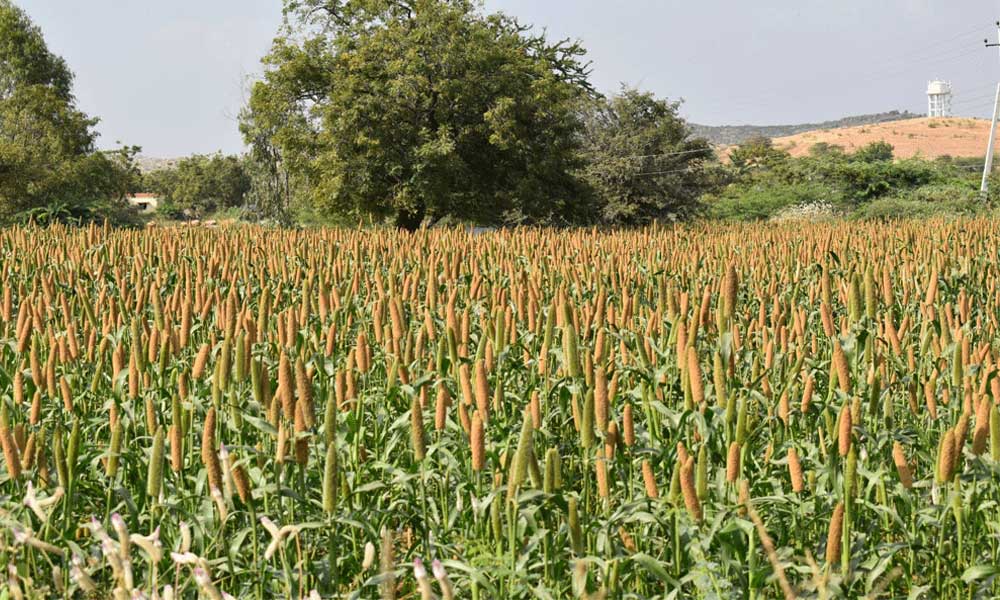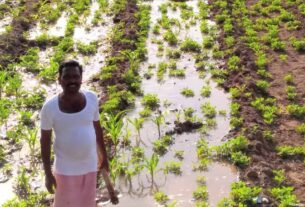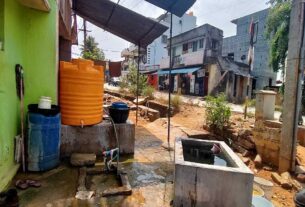Low profits earned from jowar or sorghum cultivation leads to farmers shifting to commercial crops.
By Archita Chakraborty
February 25, 2020 | Shahapur
Jowar production in Shahapur has dropped by 50 percent over a decade as farmers are shifting towards commercial crops and paddy.
Commercial crops (or cash crops) are crops grown mainly for profit. Jowar, which used to be a widely-grown crop in the taluk, is now being replaced by such commercial crops like cotton and sugarcane. Shahapur has a total agricultural land of 39,535 acres out of which 1,200 acres is covered by jowar. Only 850 acres of this land is irrigated.
In 2009, jowar was cultivated in nearly 13.81 lakh hectares in Karnataka; however, it has come down to 7 lakh hectares in 2019.
“The profit from bajra or jowar is less than that from paddy, cotton and chilli. For the past three years, bajra and jowar have been loss-making,” said Md. Abdullah, a farmer from Shahapur.
The excessive growing of red gram is also one of the reasons behind the downfall of jowar production. Red gram is a protein-rich food mainly consumed as dal.”
When it comes to households, people prefer rice and chapati since it is much easier and less time-consuming to prepare than a jowari or a bajra roti. Farmers in Shahapur, which is close to Andhra Pradesh where there is a high demand for rice, have realized jowar will not be as profitable.
Mr. Goutam, Assistant Director for Agriculture said, “In Shahpur, people used to cultivate jowar as kharif crops because it was a dry land. However, people have switched to cash crops after irrigation. Jowar has become costly because of less cultivation.”
Bijapur, Bagalkot, and Gulbarga are some other districts where jowar used to be grown widely but the situation has changed there as well. However, the downfall in production of jowar is comparatively higher in Shahapur than in other taluks in other districts in North Karnataka.
Farmers have found paddy and sugarcane as effective replacements for jowar. They have enough opportunities to cultivate cash crops as the land has enough sources of irrigation, the Upper Krishna Irrigation Project being one of them.
Dr. Dayanand Satihal , the farm superintendent at the research farm of the College of Agricultural Sciences, Bhimarayanagudi, said, “Once a farmer fails at cultivating paddy, his land is of no use. Other crops can’t be grown on it because it becomes saline.”
“Jowar is much more nutritious than rice and provides fodder for cattle,” said Dr. Kumaraswamy, a professor in the College of Agricultural Sciences in Bhimarayanagudi.





